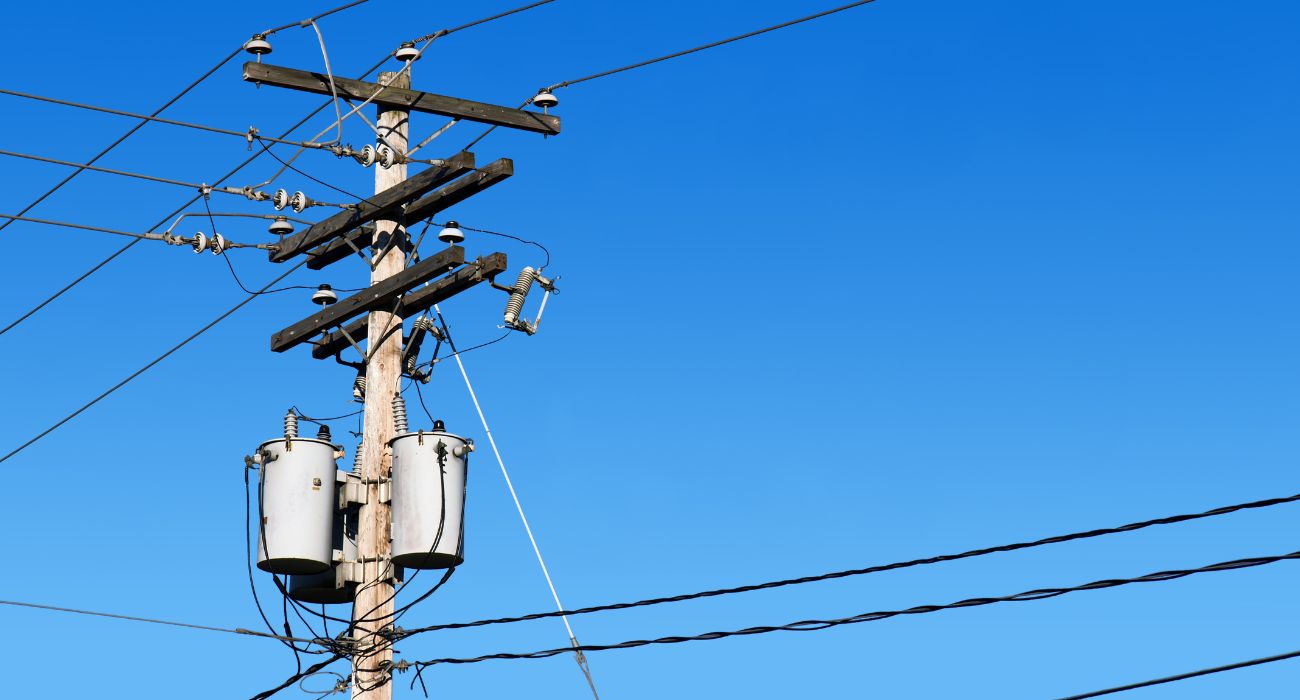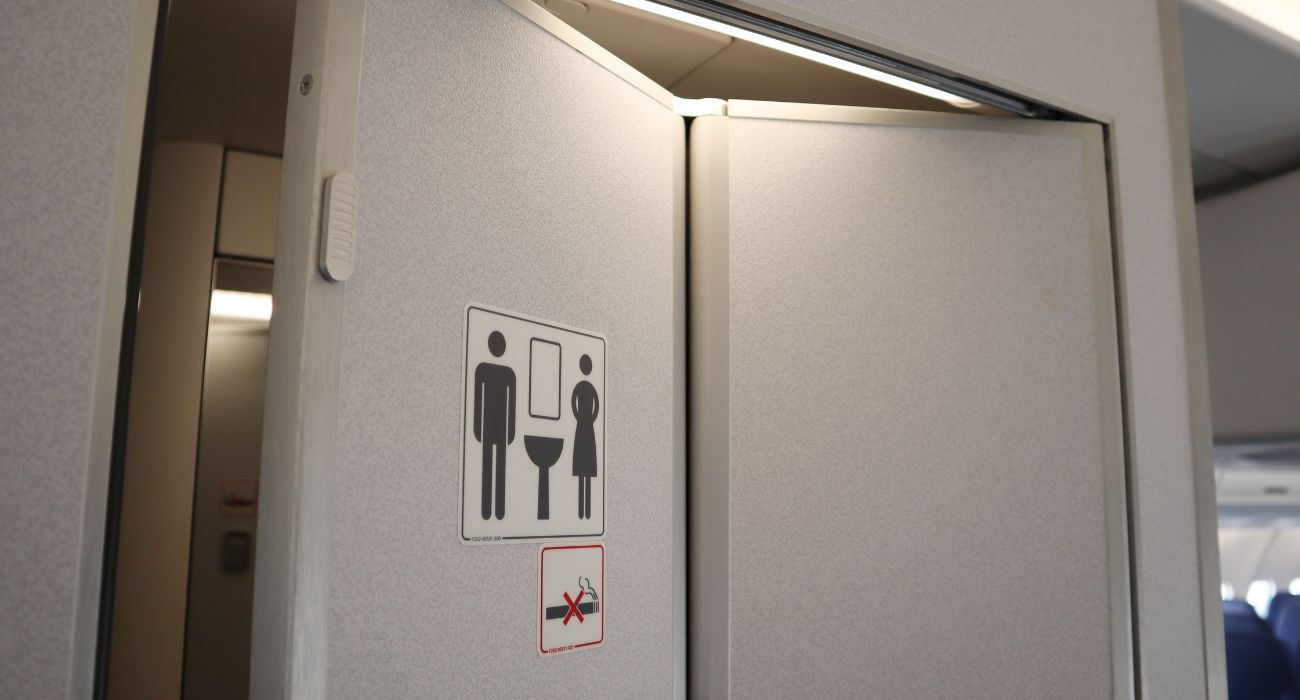An investigation led by The Wall Street Journal has seemingly revealed that telecom giants like AT&T and Verizon have known for decades that their lead-sheathed cables, which still exist in prominence today, pose the risk of lead exposure to workers, the public, and the environment.
Records, studies, and interviews dating back to the 1970s revealed that these and other firms whose establishment coincided with usage of the old Bell System, which originally laid the lead-covered cables, have long been aware of the lead’s presence but have not made any moves to eliminate it.
In the 1970s and 1980s, Bell System’s Bell Laboratories conducted a series of studies that showed their employees — lead-soldering workers and cable-splicers — had high amounts of lead in their blood.
Despite being at levels three times higher than the average person, Bell scientists in 1977 ultimately determined that there was no lead hazard because a control group of office workers also had high levels of lead in their blood, according to the WSJ.
Exposure to lead — even in small amounts — can harm the brain and central nervous system as well as the kidneys, as the element tends to accumulate in rather than leave the body.
Lead exposure as a public health issue emerged in the 1970s, with authorities passing various bans and regulations to minimize people’s exposure.
Nonetheless, the Bell System — a monopoly that was broken up by regulators in 1984 — still had over 40,000 employees maintaining its network of lead-sheathed cables in 1983.
The newly formed AT&T updated its systems in the mid-1980s, resulting in the retirement of tons of lead-sheathed cables that were sent to its smelting units.
One such unit in Gaston, South Carolina, which had received as much as 50 million pounds of lead-sheathed cables in one year, came under state and federal scrutiny in 1985.
High levels of lead contamination were reportedly discovered in the soil surrounding the site. The average lead level found in the blood of 90 workers tested that year was allegedly 33.7 micrograms per deciliter, nearly 10 times what is considered high today.
AT&T was ordered to clean up the site, yet the exposure of telecom workers to lead seemingly persisted in the subsequent years.
Worker complaints have led to government inspections of telecom companies over the past few decades, leading to over a dozen citations for alleged violations regarding lead exposure and more, according to the WSJ.
Despite this, the WSJ found that no consequential action was taken to address the presence of lead-sheathed cables and the potential hazard they posed to workers and surrounding communities.
“They knew the risks, but they didn’t want to do a lot to mitigate it,” alleged James Winn, who was an employee for 45 years at different Bell System companies, according to the WSJ.
Blood tests for lead among 208 Verizon workers conducted between 2007 and 2016 reportedly revealed that over 40% had hazardous levels above 3.5 micrograms per deciliter.
Now retired, Rob Prokopowicz reported that during his 40-year employment with Verizon, he often raised concerns over lead while pumping water out from manholes. He claimed his managers told him, “If you don’t feel safe, we’ll send someone else,” according to the WSJ.
Legacy lead-sheathed cables continue to exist across the U.S. overhead, underground, and underwater, and no comprehensive plan for their removal or monitoring has been publicized.
In 2010, a senior manager at AT&T named John Malone reported during a presentation that “Some older metropolitan areas may still have over 50% lead cable,” according to the WSJ.
He noted that, near underground cables, “soils retained between 83 and 98 percent of the released lead within 2 inches.”
However, present-day telecom entities maintain that they prioritize the safety of their workers and nearby communities.
USTelecom, a trade association for the telecommunications industry, told the WSJ that “scientific literature and available studies” on lead-sheathed cables have shown that they present no risk to public health or workers when taking the necessary precautions.
AT&T responded to the WSJ’s request for comment by stating, “The health, safety and well-being of our people, our customers, and our communities is of paramount importance.”
“The legacy cables that remain in our networks are maintained in compliance with applicable environmental, health, and safety rules, consistent with our approach for all our infrastructure,” the statement continued.






